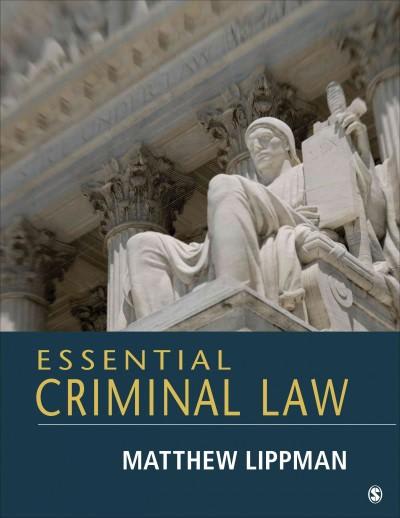Question
Needed ASAP! 32. Let the buyer and seller for the bilateral monopoly discussed in Sec 8.5 have the production functions q1 = 270q2 - 2
Needed ASAP!
32. Let the buyer and seller for the bilateral monopoly discussed in Sec 8.5 have the production
functions q1 = 270q2 - 2 and x = 0.25 respectively. Assume that the price of q1 is 3 and
the price of x is 6. (a) Determine the values of q2, p2 and the profits of the buyer and seller for
the monopoly, monopsony, and quasi-competitive solutions. (b) Determine the bargaining
limits for p2 under the assumption that the buyer can do no worse than the monopoly solution
and the seller can do no worse than the monopsony solution.
33. Consider a two-person two-commodity, pure-exchange economy with paper money. The
utility functions are U1 = .and U2 = .. Consumer I has initial endowments of 30
units of Q1, 5 units of Q2, and 43 units of money; II has respective endowments of 20, 10, and
2. Each of the consumers desires to hold a money stock equal to one-fifth of the value of her
initial commodity endowment. Determine equilibrium money prices for Q1 and Q2. Show that
the equilibrium prices would triple if the initial money stocks of I and II were increased to129
and 6 respectively.
34. Find equilibrium prices for the three-commodity system given by
E2 = 2
+ +
+ =
E3 = p2 - 2p3 + 2 = 0
35. An economy satisfies all the conditions for Pareto optimality except for one producer who is
a monopolist in the market for her output and a monopolist in the market for the single input
that she uses to produce her output. Her production function is q = 0.5x, the demand function
for her output is p = 100 - 4q, and the supply function for her input is r = 2 + 2x. Find the
values of q, x, p, and r that maximize the producer's profit. Find the values for these variables
that would prevail if she satisfied the appropriate Pareto conditions.
36. Consider an economy with two consumers, two public goods, one ordinary good, one implicit
production function, and a fixed supply of one primary factor that does not enter the
consumer's utility functions. Determine the first-order conditions for a Pareto-optimal
allocation. In particular, what combination of RCSs must equal the RPT for the two public
goods?
37. Assume that the cost functions of two firms producing the same commodity are
C1 = 2
+ C2 = 3
+
Determine the output levels of the firms on the assumption that each equates its private MC
to a fixed market price of 240. Determine their output levels on the assumption that each
equates its social MC to the market price.
38. Determine taxes and subsidies that will lead the firms described in Exercise 36 to their Paretooptimal output levels but leave their profits unchanged. What is the size of the social dividend
secured by this change in allocation?
39. Assume that there are two consumers and two commodities. Let the utility functions be U1 =
q11q12 and U2 = q21q22 with q11 + q21 =q1 and q12 + q22 = q2. Show that Scitovsky contours are
given by q1q2 = ( + )
40. A consumer's consumption-utility function for a two-period horizon is U =
.; his income stream is y1 = 1000, y2 = 648; and the market rate of interest is 0.08. Determine values for c1 and c2 that maximize his utility. Is he a borrower or lender?
Step by Step Solution
There are 3 Steps involved in it
Step: 1

Get Instant Access to Expert-Tailored Solutions
See step-by-step solutions with expert insights and AI powered tools for academic success
Step: 2

Step: 3

Ace Your Homework with AI
Get the answers you need in no time with our AI-driven, step-by-step assistance
Get Started


